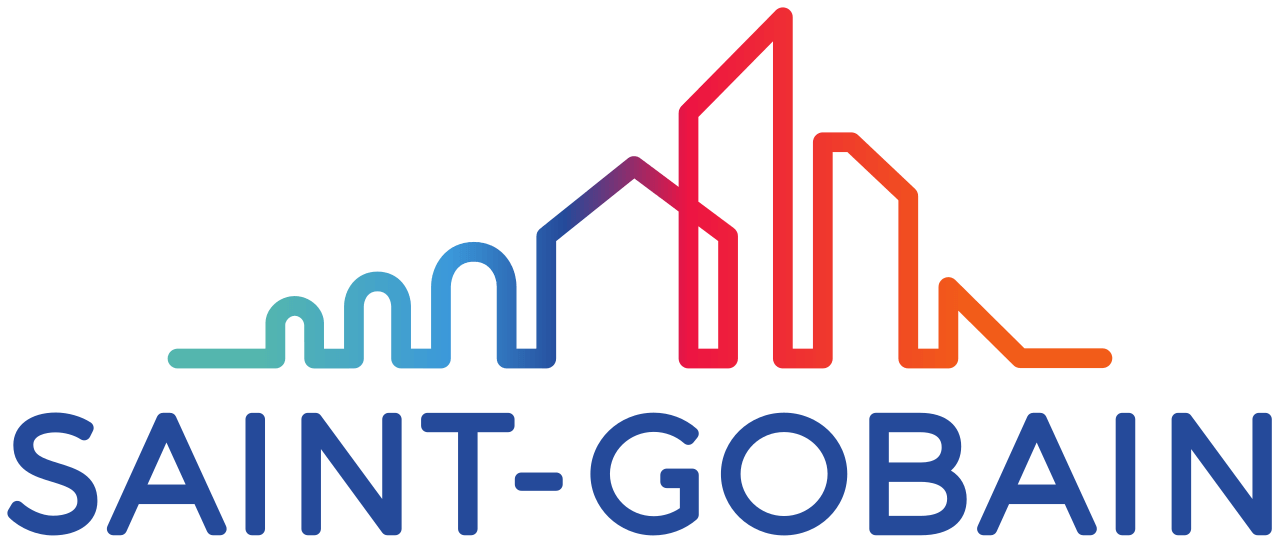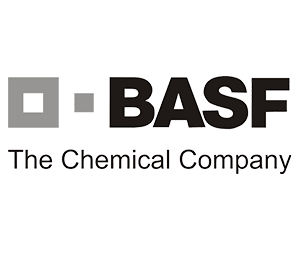Your Roadmap to Automated Employee Scheduling
Making the job of a scheduler faster and easier is central to a manufacturing plant’s success. The more you can improve and reinforce the scheduling process — and eliminate manual processes — the more efficient your production operations can be.
In manufacturing, manual scheduling tasks are prone to error. They also lack effective data aggregation with other human capital management systems and leave everyone with lingering questions instead of confirmed answers when it comes to information accuracy. Automating scheduling tasks with intelligent employee scheduling technology alleviates or eliminates these issues and concerns.
The shift to an intelligent employee-scheduling platform doesn’t have to be complicated, put jobs at risk or frustrate employees. Instead, it can create a cohesive, accurate and efficient work environment that enhances everyone’s experience and performance.
How do you know when it’s time to take your scheduling process to the next level? Watch for these signs within your manufacturing plant:
- An increase in overtime without a corresponding increase in production
- Low employee productivity caused by too much (planned or unplanned) idle time
- Manual payroll adjustments caused by scheduling-related work rules (e.g., schedule deviations)
- Negative employee feedback (e.g., about inflexible schedules, lack of work-life balance, short-notice work requests, and mandatory or excessive overtime)
- Schedulers/supervisors spend too much time addressing coverage gaps and short-notice callouts
When enough of these warning signs appear — and your organization is ready to move toward automated employee scheduling — follow these six steps to prepare for, implement, adopt, and deploy your intelligent employee scheduling technology.
Step 1: Evaluate the Current State: RFP Development
The transition to automated employee scheduling starts with information gathering, careful planning and vendor selection. Dedicating time and effort upfront to determining what you need — and why you need it — pays off in the long run.
Begin by collecting information from all the stakeholders involved in the scheduling process (including schedulers, supervisors, employees and union representatives) to understand their pain points, concerns and goals. Ask each stakeholder to walk through current scheduling workflows from their points of view, as well as how efficient these workflows are, so you can hear and see the process from all perspectives. Expect to hear feedback like:
- Schedulers: “We lack updated information about production goals, so it’s hard to assign appropriate labor needs.”
- Supervisors: “I can’t always see who’s working overtime (and when) to make sure the company complies with labor laws, union agreements and safety regulations.”
- Employees: “Sometimes I’m scheduled for work that I lack appropriate credentials for.”
- Union reps: “We can’t access and verify employee schedules to promote fair working conditions and advocate for their needs.”
To help work through this feedback, you can bring in an independent consultant or third-party scheduling specialist to evaluate your existing process and identify gaps, strengths and weaknesses. At this stage, it’s a good idea to begin to define your return on investment (ROI) criteria for the solution. For example, is it your goal to reduce time spent on schedule management? If so, define the target goal — for example, “we want to save supervisors two hours of time spent on scheduling each week.” Benchmark the time currently being spent so you can evaluate overall success after go-live.
Based on what’s shared during these sessions, you can then outline the technical and functional requirements your company needs from an automated employee scheduling system, such as:
- Integration capabilities
- Data security requirements (e.g., SOC 2, ISO 27001 or HIPAA)
- Mobile access
- Overtime assignment rules and workflows
- Tracking worker preferences
- Compliance with labor and safety regulations
From there, it’s time to create your request for proposal (RFP). This detailed document should address the critical aspects of what you learned from stakeholders and the requirements you outlined, as well as the following pieces of information:
- An overview of your organization and its workforce, including part-time, temp and gig workers
- A description of the project scope
- Scheduling challenges you face
- Company goals and KPIs
- Specific scheduling features desired
- Specific scheduling workflows and rules you need to support
- Project budget and timeline
“When crafting your RFP,” notes Ryan Algie, solution director at Shiftboard, “the more generic the questions, the more vendors can say ‘yes,’ and the less accurate your results will be. It’s critically important to deeply understand your needs.”
A well-written RFP clearly outlines your project requirements, goals and expectations so vendors understand what you need and can respond accordingly.
Step 2:Find the Right Fit: Vendor Selection
Prepare to review the responses that come in by forming an internal committee that will conduct initial screenings of vendor proposals, evaluate those proposals based on the criteria defined in the RFP, perform reference checks and ask vendors to lead demonstrations of their software so your committee can see it in action.
On your internal review committee, you will want to include stakeholders from operations, HR and IT who can evaluate fit to their department needs. It is a good idea to include representative schedulers and supervisors in this committee who can evaluate solution usability as well as ability to support your operational requirements.
This is a great time to ask potential vendors questions like:
- How do you handle complex scheduling scenarios, such as shift rotations, overlapping shifts and compliance with local union and labor laws?
- How do you manage overtime to ensure compliance with labor laws and company policies?
- How do you ensure that employee shift preferences and availability are taken into account?
- What reporting and analytics features do you offer to track and analyze scheduling data?
Based on how things go during the review process, create a shortlist of vendors that align with your needs and environment. Together as a committee, establish a scoring system to rank proposals based on how well they align with your criteria. Once you identify the frontrunners, it’s time to negotiate terms and choose the one vendor that best meets your requirements.
Forming a dedicated internal committee helps you collectively evaluate vendors based on a balanced set of criteria so your organization can make an informed, unbiased decision.
Step 3: Prepare for Takeoff: Implementation Planning
Choosing the right vendor is only the first part of ensuring a successful transition and rollout of a new employee scheduling platform. There are specific steps you should take to minimize hiccups as your people and processes prepare for the new system.
Software implementation should begin with an official project kickoff. This is the time to meet with your selected vendor to discuss things like:
- Project timeline
- Deliverables and milestones
- Communication preferences
- Responsibilities of and expectations for each party
- Dedicated points of contact (for you and the selected vendor)
- High-level requirements and what may need to be tailored to fit your needs
- Systems that will be integrated (e.g., ERP, HR, payroll and/or communication systems)
To ensure accuracy and integrity, your company’s existing scheduling data must also be prepared for migration — and then migrated into the new system. This includes data about employees, skill sets and certifications, preferences, future leave requests, shift schedules, specific positions and the range of roles an employee can fill. Sometimes this information can be gathered through manual worksheets, but it can also be extracted from HRIS and workforce management systems when exporting is an option.
The vendor you select should sit down with appropriate stakeholders (such as the schedulers, supervisors and employees) to determine user roles and permissions, which scheduling workflows should be automated, and which scheduling rules should be followed (e.g., are certain shifts given to employees based on seniority status?). This is also the time to discuss specific integration plans for existing systems and when this integration will occur.
Step 4:Be Choosy: Carefully Select a Pilot Location
Selecting a pilot location to test your software selection is a critical step to ensure successful implementation. “One reason corporate deployments fail is because the RFP and selection team may be aligned with corporate goals but unaware of the unique operational needs of each site,” says Algie.
“Manufacturing scheduling is notoriously difficult due to the complexity of managing shift rotations, local labor laws, and varying production demand across locations,” he explains. “The nuance of site-by-site differences can cause a solution to fall short, whereas a niche vendor may be better equipped to meet these challenges.”
When choosing a pilot site, consider these factors:
- Which sites (if any) are unionized?
- Do certain sites have any unique labor regulations or workforce management issues?
- Is scheduling the same across the company, or are some locations/processes more complicated?
- Is scheduling dynamic (based on ad-hoc need) or standardized?
- Do the practices of this site represent the overall organization?
By carefully selecting an appropriate pilot site, your company can form detailed requirements that reflect the true operational needs of your organization.
Step 5:Train for Success: Education and Adoption
You’ve chosen a vendor and system, and you’ve gotten through solution design and bench testing — now it’s time to make sure your schedulers, supervisors and employees adopt the new software and are comfortable using it on a daily basis.
Success hinges partly on how well your organization responds to change. Work with your vendor to create a change management plan that addresses resistance to the new system and communicates the benefits.
For example, Shiftboard introduces a five-stage change management process called ADKAR (awareness, desire, knowledge, ability, reinforcement) to its customers. This process helps stakeholders understand the need for change, generate enthusiasm, prepare for success, build confidence in the change and stick with that change.
“You will not attain return on investment goals for your selected automated scheduling solution without also conducting some sort of change management process,” says Peter Draper, vice president of customer success at Shiftboard. “You need to determine how you will make employees aware that this change is coming — and explain why. Early communication is key to building awareness and explaining what’s in it for the users. Tell them, ‘This is how it’s going to make your life easier.’”
As part of this process, develop and offer comprehensive training programs customized to each user group and their responsibilities within the system, including hands-on opportunities to practice completing certain tasks. Every team member should receive an easy-to-reference user manual (typically an online guide) that they can use as they ramp up.
Shiftboard opts to provide self-paced introductory training to users through an online learning management system that can be accessed at any time. That training is then reinforced with instructor-led education delivered in person to schedulers and supervisors to walk through scheduling workflows and processes together, with hands-on exercises so everyone can practice what they learn.
“We follow a train-the-trainer model where we also train the customer to train their own employees,” explains Draper. “This allows you to train whoever, whenever and wherever you need to.”
Finally, be sure to conduct a pilot test with a small group of users so you can gather feedback and identify any issues with the platform. This way, any problems that come up can be addressed before the plant-wide rollout. Be sure to test any integrations that have taken place with the system tool. Within this willing group of users, look for people who can subsequently serve as internal champions by shining a positive light on the transition and what it will enable for the company.
Step 6:All Systems Go: Full Deployment
and Continuous Improvement
It’s time to roll out your new scheduling automation solution across the organization! When you do this step, make sure support is available on demand to address any issues that weren’t identified during pilot testing.
Just because the new employee scheduling platform is live doesn’t mean the work is complete. Long-term success involves continuous monitoring and tweaks for optimization. Be sure to monitor system performance, gather user feedback about how it’s going and make adjustments to further improve performance.
To understand how your automated employee-scheduling platform is impacting your scheduling process, take time to periodically review how far you’ve come, which issues have been resolved, the lessons that have been learned and the opportunities that exist for improvement in the future.
Track improvements in the KPIs that matter most to your company. Survey schedulers, supervisors and employees on the improvements they’ve seen as a result of platform implementation. If you can quantify the impact of the new technology on your organization in terms of operational efficiency, scheduling processes and/or employee job satisfaction, this will help you make the case for future technology investments.
Solving Your Scheduling Problems
Intelligent scheduling technology helps you optimize your workforce, ensure happier employees, significantly reduce manual effort and streamline workflows despite increasingly complex operations.
By following this guide when the time is right, you will find the right vendor and system for your organization — one that drives significant value and is simple enough for everyone to use.
Take the roadmap with you
In this eBook, you will discover six key steps manufacturers can take to prepare for, implement, adopt, and successfully deploy intelligent employee scheduling technology.
Trusted by the World’s Most Recognized Brands




